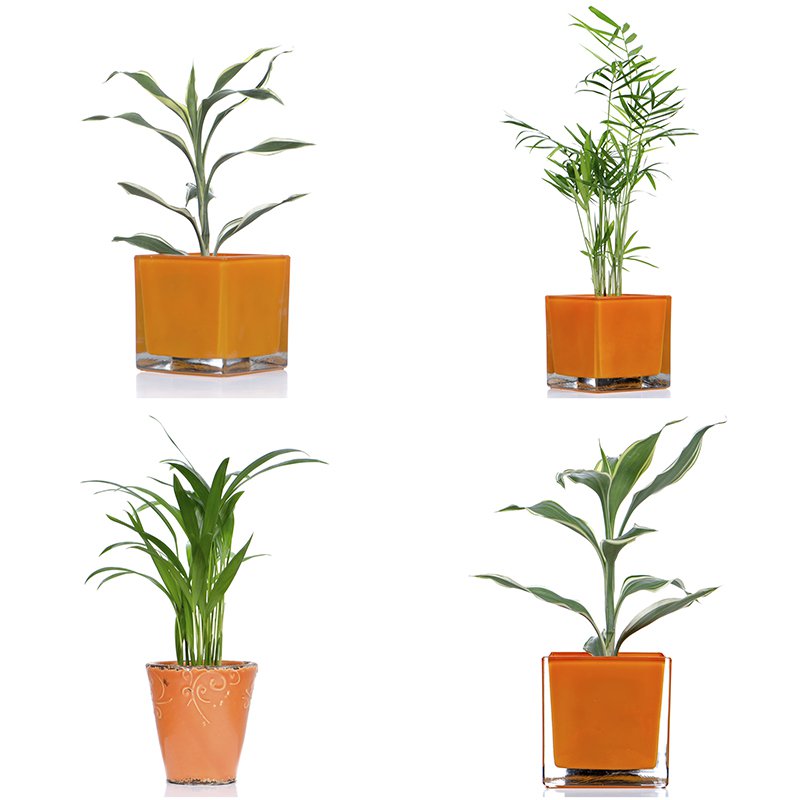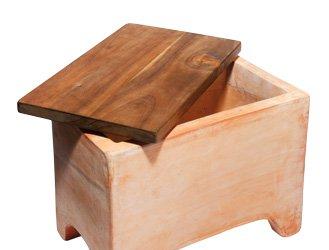Pollution-eating plants, info or intox? Info! For the last ten years, scientists have been working on the ability of plants to reduce or absorb soil and water pollution, and that is phytoremediation.
And what are they attacking? At all or almost: hydrocarbons for the rush of coopers, radionuclides for datura (a bulimic of radioactive waste), sewage for reeds, phosphates for bamboo ...
How it works ? Either the plants pump and store the pollutants contained in the soil or air in their leaves, stems or roots, or they transform them into less toxic or even non-toxic substances. In the first case, we burn the plants and then recover their ashes to get rid of pollution completely. In the second, as long as they do their job ... we leave them on the spot.
Where do we plant them? Especially on brownfield sites like old gas platforms or old mining sites. In 2007, the city of Lyon acquired the first depolluting green wall in France and the studies carried out in partnership with the University of Savoy revealed a reduction of about 80% in the atmospheric concentration of volatile organic compounds ( VOC) and 50% of the nitrogen dioxide around the installation.
And in my garden? Phytoremediation is more for communities than for individuals. Unless you live on the edge of the ring road or in the heart of an industrial zone, the pollution that one finds at home is rather minimal. But it is worthwhile to sow grasses if you are afraid of nitrates, to reconcile with the willows, yet very invading, if you have doubts about the presence of heavy metals and to get stuck with horsetails to unclog a wet land to pesticide residues.


